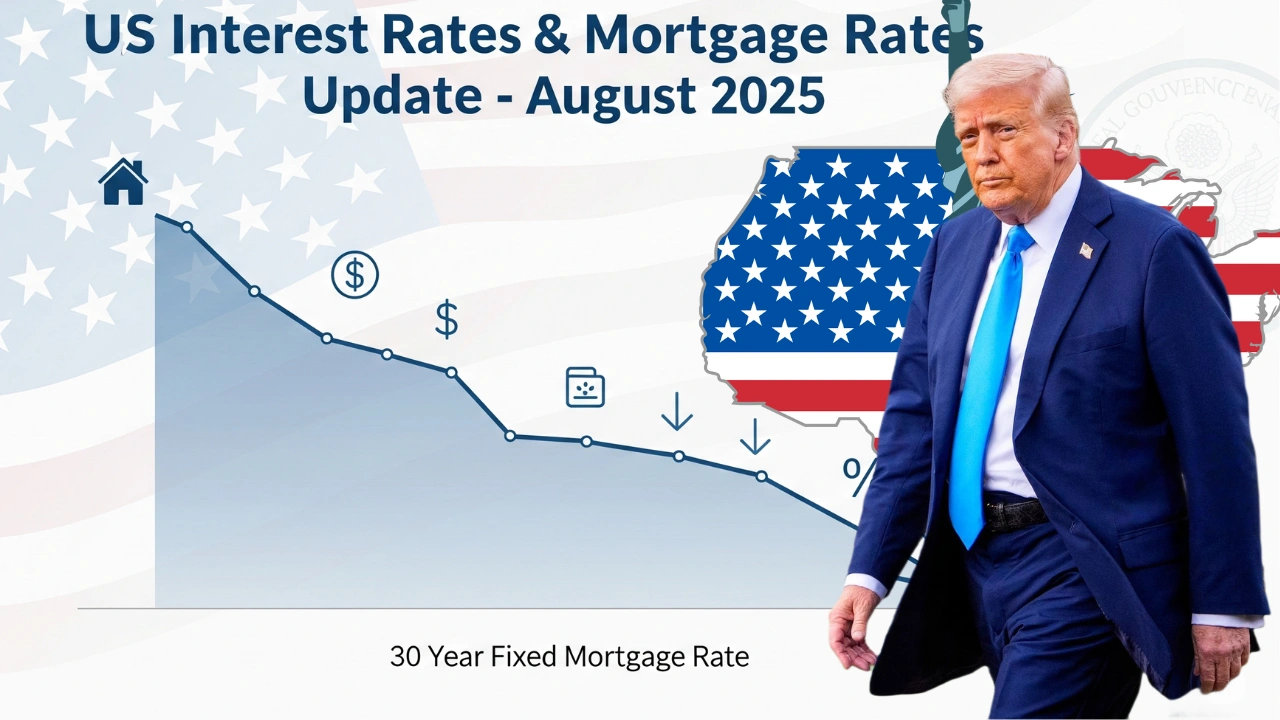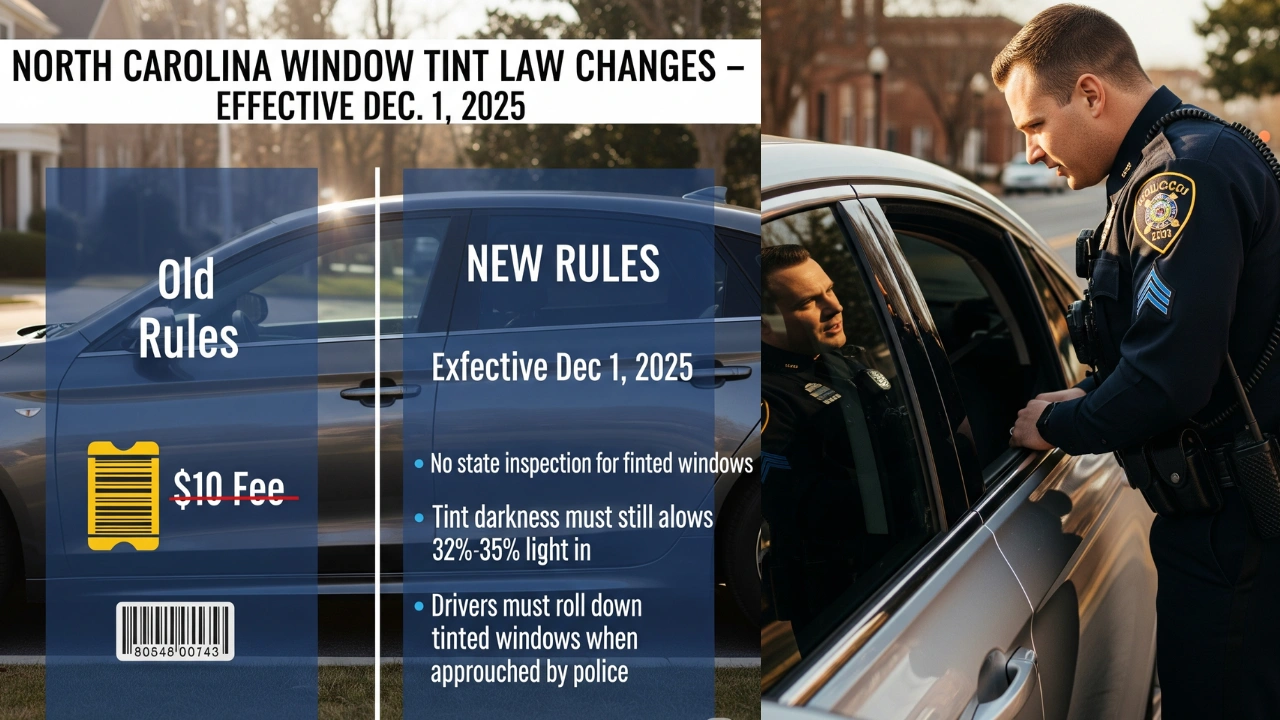A Wake-Up Call for Retirement Planning in America
So what does this really mean for your retirement plan? Let’s break it down, step by step—and help you stay ahead of the curve, not behind it.
The History Behind the Shift to Age 67
Social Security wasn’t always this complicated. When it was introduced in 1935, the retirement age was 65, with far fewer Americans living into their 80s and 90s. Fast forward to 1983—Congress passed a major reform plan that started pushing the full retirement age upward, gradually, over time.
-
People born between 1943–1954 had a full retirement age of 66
-
Then, FRA increased by two months per birth year
-
Finally, for those born in 1960 or later, 67 is now the full retirement age
This change is part of a broader response to longer life expectancy and growing financial pressure on Social Security. But for today’s 65-year-olds—especially those in California, Florida, Texas, and New York—it means waiting two more years to claim full benefits, or taking permanent cuts if they file early.
You Can Also Read: IRS Refunds August 2025: When Will You Get Paid and How to Track It
What Happens If You Still Claim at 62?
Many Americans, especially in states like Arizona, Georgia, and Ohio, still plan to retire at 62. But with a full retirement age of 67, claiming early now means a 30% reduction in monthly benefits—for life.
Let’s do the math:
| Claiming Age | Monthly Benefit % (vs. FRA) | $1,800 FRA Example |
|---|---|---|
| 62 | 70% | $1,260 |
| 67 (FRA) | 100% | $1,800 |
| 70 | 124% | $2,232 |
Sure, you can still retire at 62. But now it comes at a heavier cost than ever before.
And here’s the kicker: your spouse’s survivor benefits could be reduced too if you file early.
Why This Matters More Than Ever in 2025 and Beyond
Here’s why this topic is urgent right now: Americans born in 1960 are turning 65 in 2025. That means their FRA is officially 67—and the old idea of “retiring at 65 or 66” is no longer accurate.
This is the first full cohort who must wait until 67 for 100% of their benefits. That’s a game-changer.
Consider this:
-
Health care costs in the U.S. continue to rise
-
Inflation is eroding fixed incomes
-
Medicare eligibility still starts at 65—but full Social Security doesn’t kick in until 67
This two-year gap creates a planning dilemma, especially in high-cost states like Massachusetts, Illinois, and Washington.
The Retirement Playbook Has Changed—So Should Your Strategy
If you’re still planning your retirement like it’s 1995, it’s time for a major strategy upgrade. Today’s retirement success depends on:
1. Understanding Your Personal “Breakeven Point”
You need to run the numbers: how long would you need to live for delaying benefits to pay off?
For most people, the breakeven age is around age 80. Live past that, and waiting to claim at 67 or 70 pays off more in total benefits.
2. Considering Health & Longevity
If you’re in great health (and your family has a history of long lives), waiting is probably smarter. But if you’re facing medical concerns, claiming earlier might still be right for you.
3. Coordinating Spousal Benefits
Married couples in states like North Carolina, Michigan, or Pennsylvania should pay attention to how claiming ages affect spousal and survivor benefits.
A well-timed delay by one spouse can increase survivor income later on.
4. Factoring In Work & Income Limits
Planning to work while collecting Social Security before FRA? Watch out—there’s an earnings limit ($22,320 for 2025). Go over it, and your benefits may be temporarily reduced.
Retirement at 65? Not So Fast in Today’s America
Let’s be honest: the idea of retiring at 65 is starting to feel like a myth. Here’s why:
-
Longer lifespans mean you’ll likely need your money to last 20–30 years
-
Social Security is no longer the only income source—you need pensions, 401(k)s, or IRAs too
-
Waiting to claim Social Security is one of the few ways to guarantee a bigger paycheck
Whether you’re in Nevada or Wisconsin, retiring at 65 without a solid financial cushion is becoming riskier by the year.
Top 5 Mistakes to Avoid With Social Security in 2025
-
Assuming 65 is still full retirement age
-
Claiming early without understanding the permanent reduction
-
Failing to include your spouse in the planning
-
Ignoring the 70 bonus (delayed retirement credits)
-
Not checking your SSA statement every year
Avoid these, and you’ll be far better positioned for financial security.
Key Takeaways for Each Birth Year
| Birth Year | Full Retirement Age | Claiming at 62 | Claiming at 70 |
|---|---|---|---|
| 1959 | 66 + 10 months | ~29% cut | ~24% boost |
| 1960+ | 67 | 30% cut | 24% boost |
If you’re living in states like Colorado, Oregon, or Minnesota, where cost of living varies, these decisions can heavily impact your lifestyle options.
How to Adjust Your Retirement Plan in 2025
-
Check your Social Security statement at SSA.gov to see your projected benefits
-
Work with a retirement advisor to optimize claiming age and income streams
-
Consider Roth conversions or tax-saving strategies if you’re between 62–70
-
Diversify your retirement savings beyond just Social Security
Your retirement plan should evolve just as your life does.
Conclusion: Say Hello to the New Retirement Reality
“Goodbye at 67” isn’t just a number change—it’s a wake-up call for millions of Americans. If you’re born in 1960 or later, your new retirement reality starts at 67. And the sooner you plan around it, the better off you’ll be.
Don’t treat Social Security like a guessing game. Treat it like the cornerstone of your retirement plan—one that demands strategy, timing, and foresight.
Whether you live in bustling New York City, sunny Tampa, or quiet Boise, the message is clear: 67 is the new retirement milestone, and how you respond today will shape your financial freedom tomorrow.
Trending FAQs About Social Security & Retirement in 2025
1. Can I still retire at 65 even if full retirement age is 67?
Yes, but you’ll receive reduced Social Security benefits. You’ll still be eligible for Medicare at 65.
2. What happens if I work while collecting Social Security before age 67?
If you earn over the SSA limit, your benefits may be temporarily withheld. However, they’ll be recalculated at full retirement age.
3. Does delaying past 67 still increase my benefits?
Absolutely. For every year you delay up to 70, your benefit increases by about 8% annually.
4. Are there penalties for claiming at 62?
Yes, claiming at 62 results in a permanent reduction—up to 30%—in your monthly benefit.
5. What tools can help me plan?
Visit SSA.gov to use the Retirement Estimator, access your earnings record, and get personalized projections.


